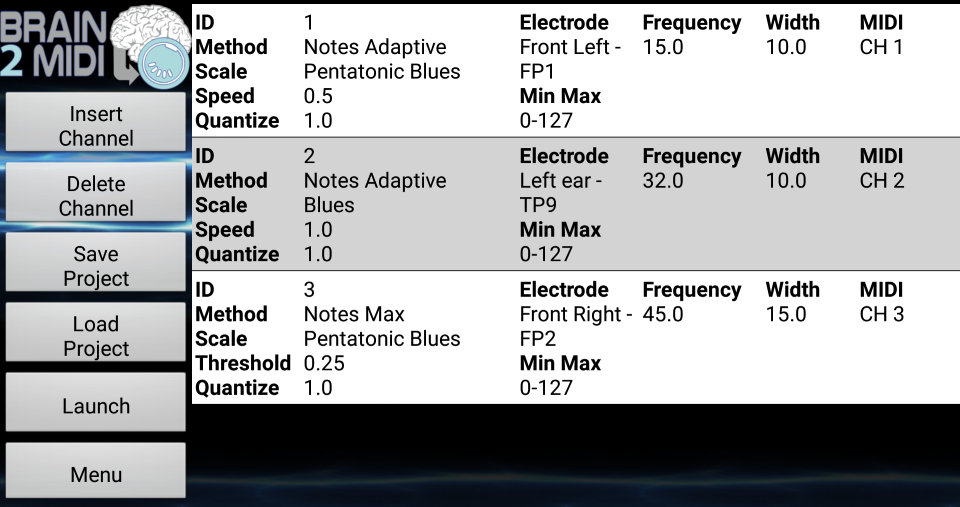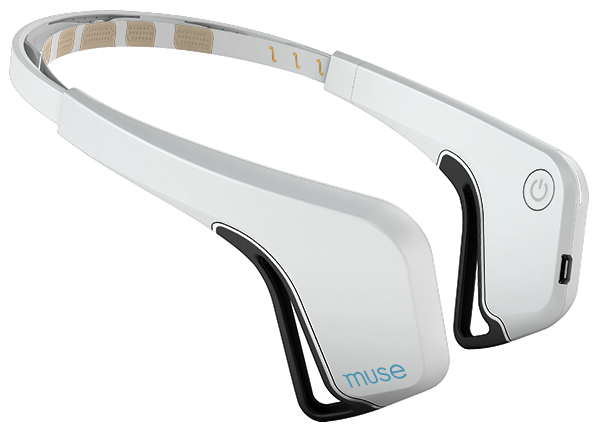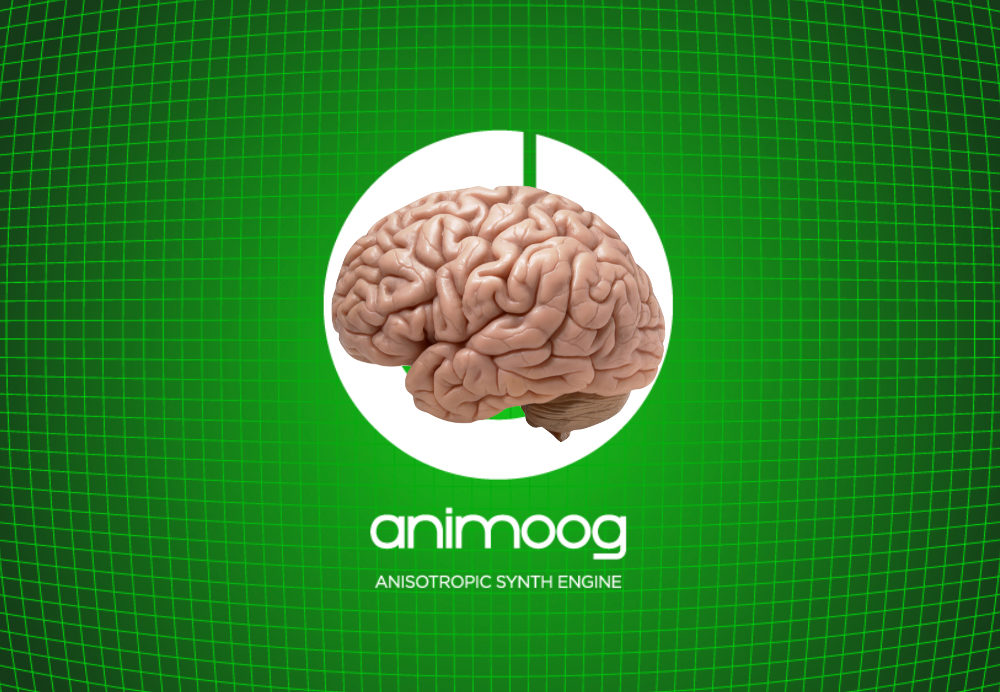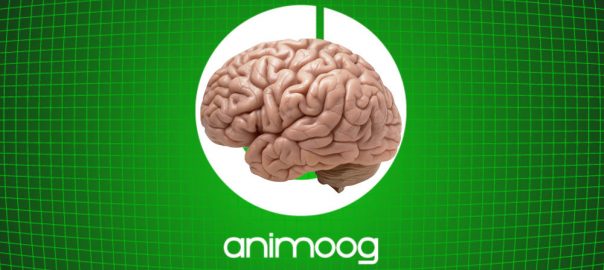It’s not zombies targeting Animoog players, but yes, this post really is about playing Animoog with your brain! You read that right, the tool I was invited to test leverages brain fluctuations and converts the signal to MIDI messages. This tool is Brain2MIDI from ‘Vision EEG‘. EEG stands for electroencephalography which essentially is “an electrophysiological monitoring method to record electrical activity of the brain”.
About a year ago, Brain2MIDI’s developer Laurent Allen-Guerard invited me to testdrive his software with Animoog. That’s how I got to play Animoog with my brain! Two recording sessions were enough for me to understand the potential of Brain2MIDI. Here’s the 3-minutes video that Vision EEG created from this experiment of playing Animoog with your brain. The video demonstrates Brain2MIDI in action with Animoog.
This video is also available in French, as it is obvious from the video that English is not our native language! ;-)
Here’s a few points about Brain2MIDI and the experience as a whole. Connecting Animoog to Brain2MIDI is straightforward and I could easily map multiple Animoog parameters to the brain sensors. I would not recommend using your brain to actually play notes, unless you like erratic music! Assigning brain fluctuations to other parameters such as Animoog’s stereo delay mix, orbit time and the key’s glide resulted in pretty fun and melodious results. Was I able to control what came out of my brain? Not entirely, but despite the little experience I had, I felt like I could really control something. There’s also certainly a feedback loop: my brain is influenced by the music I’m hearing and this very music is directly influencing my brain in real time, creating a positive feedback loop! What The Brain2MIDI software provided visual indications of what is going on and allow users to fine tune the signal configuration.

I consider myself lucky to have experienced playing Animoog with my brain. If you’re interested as well, you’ll need a Muse headband, which can be put to other uses than playing music, such as for meditating.

You’ll of course need some way to connect Animoog to Brain2MIDI. At the time of recording the videos, Bluetooth MIDI networks were not supported in Animoog and that’s why I used my iRig MIDI 2. One thing that may constitute an annoyance to you is that the Brain2MIDI app is Android-only at this point. So you’ll need an Android device to run it. An iOS version is under consideration if enough users express interest. Brain2MIDI is currently available on the Google Play store for $19,99, which is a bargain considering you need a Muse headband which is much more expensive.

Brain2MIDI’s developer Laurent is also a Trance musician and published lots of music already. I felt his track ‘Brain Stimulation’ was appropriately named for this post! Here it is :-)
Playing music your brain sounds esoteric? With the upcoming omnipresence of augmented and virtual realities and their current and future inroads in music creation, I would not be surprised to see more and more of our physical selves making its way in our music creation processes.
I wish us all an excellent year 2017 with our favorite synths, such as Animoog! Cheers — Alex / Satri
